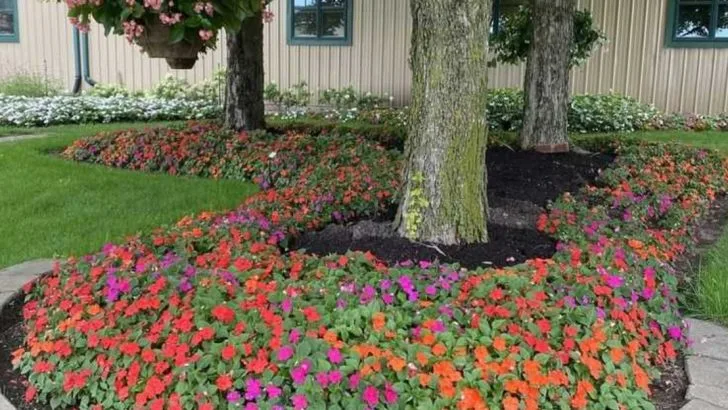Some flowers just don’t earn their keep. After years of planting the same high-maintenance annuals, I realized I was pouring effort into blooms that barely lasted a season. It was time to switch things up.
Out went the fleeting beauties, and in came the hardy perennials—plants that stick around and thrive without constant fussing. The difference? More flowers, less frustration.
The garden feels fuller, richer, and surprisingly effortless. It’s amazing what a few reliable perennials can do when you finally give them the space to shine.
Petunias

Petunias once filled my garden with their vivid colors, but their short-lived nature and constant need for deadheading grew tiresome. These flowers, while stunning, required more care than I could offer every year. Their delicate petals often succumbed to the hot sun, and I found myself replanting them annually. Despite their beauty, it was time to find a more sustainable alternative. Petunias are ideal for those who love vibrant, seasonal blooms, but for me, the upkeep was simply too much.
Zinnias
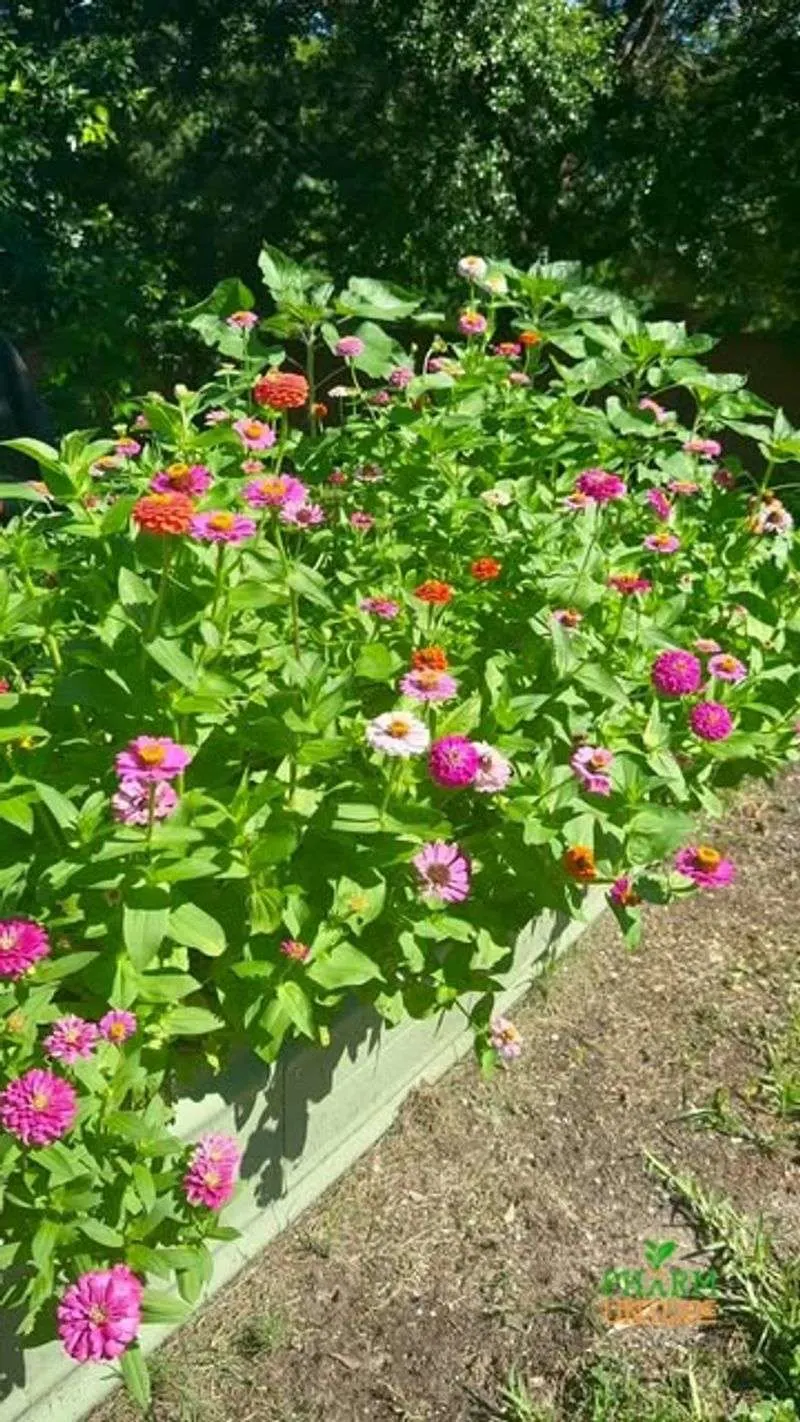
Zinnias were garden show-stoppers, offering a rainbow of colors and attracting butterflies. However, their beauty was matched by their need for constant watering and care to prevent mildew. These vibrant annuals, while rewarding, didn’t fit my low-maintenance aspirations. They demanded attention to excel, thriving only with regular care. For someone with more time, zinnias are perfect, but I needed a perennial that could fend for itself. Letting go of zinnias opened up space for a more durable floral companion.
Marigolds

Marigolds are like little suns in the garden, bright and cheerful. Yet, their bold blooms often faded quickly, needing replanting each season. These flowers offered pest-repelling properties but required full sun and regular watering to thrive. Their dependency on favorable conditions made them less ideal for my evolving garden. While marigolds are excellent for temporary splashes of gold, I sought a long-term investment. Their cheerful presence will be missed, but hardy perennials now take their place.
Impatiens
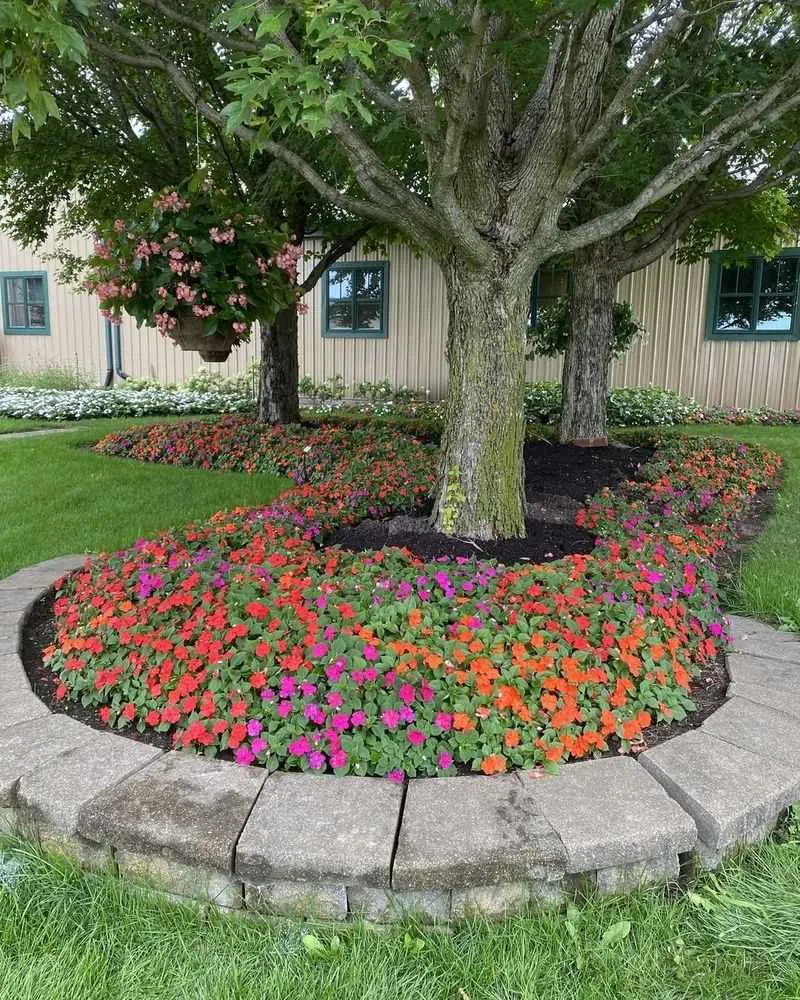
Impatiens filled my garden’s shady spots with vibrant colors, but their susceptibility to downy mildew meant constant vigilance. These annuals demanded perfect conditions to thrive. Though they excelled in shady areas, their delicate nature required frequent replacement and care, which became burdensome over time. Impatiens can vivify any garden nook with color, but I needed plants with more resilience. Their beauty is undeniable, but hardiness led me to seek more durable alternatives.
Begonias
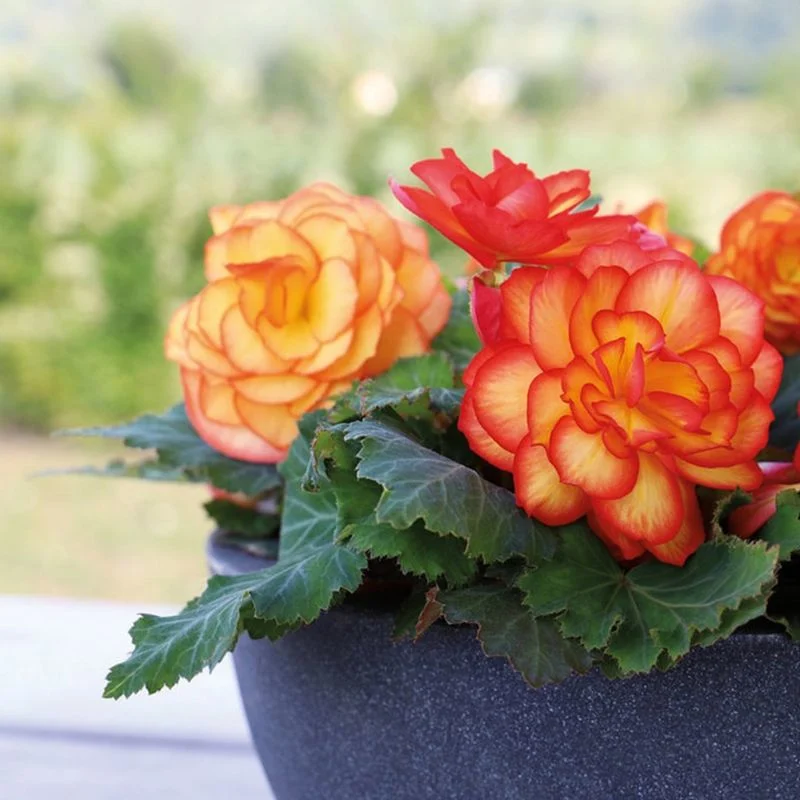
Begonias offered lush, vibrant displays with little effort, thriving in shady spots. However, their demand for consistent moisture and susceptibility to fungal issues made them a challenge. These annuals required careful watering practices, and any neglect showed quickly in their leaves. While begonias have their charm, I needed plants that could handle occasional neglect. Their departure made room for perennials that thrive with less intervention, showing beauty in simplicity.
Cosmos
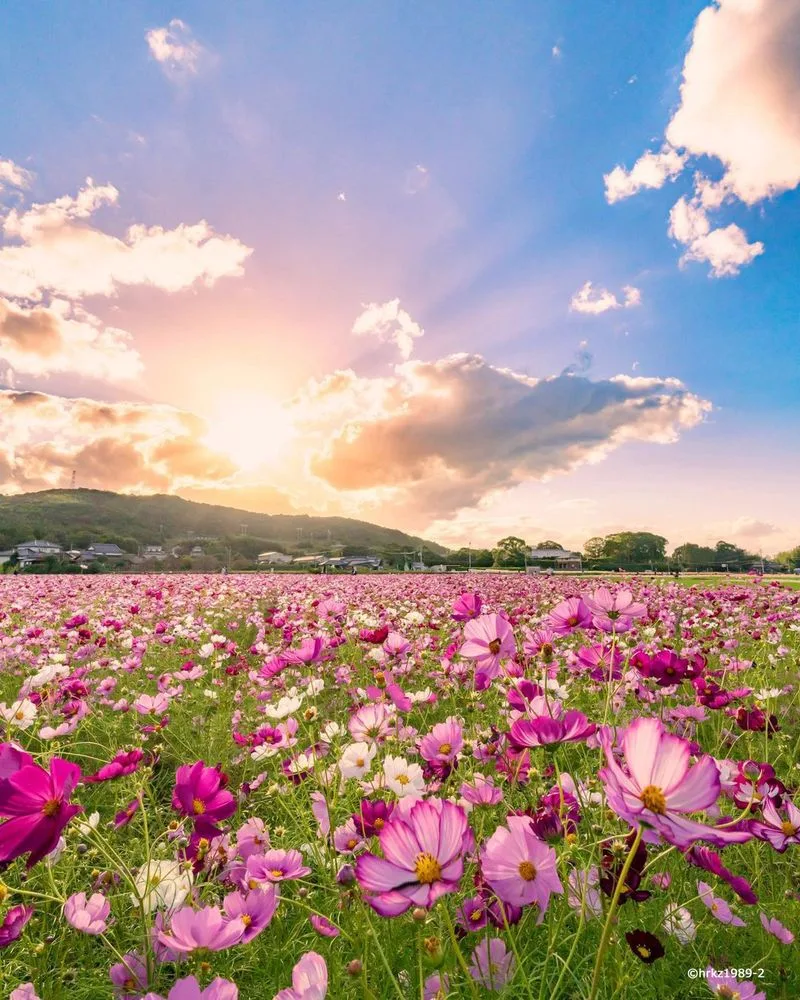
Cosmos, with their airy elegance, added a touch of whimsy to my garden. Yet, their need for replanting each year and tendency to flop over made them impractical. These flowers required staking and constant care to maintain their posture, which wasn’t feasible for my low-maintenance garden. Cosmos are great for those who appreciate their delicate beauty, but I needed more robust companions. A perennial alternative now takes their place, offering grace without the fuss.
Geraniums
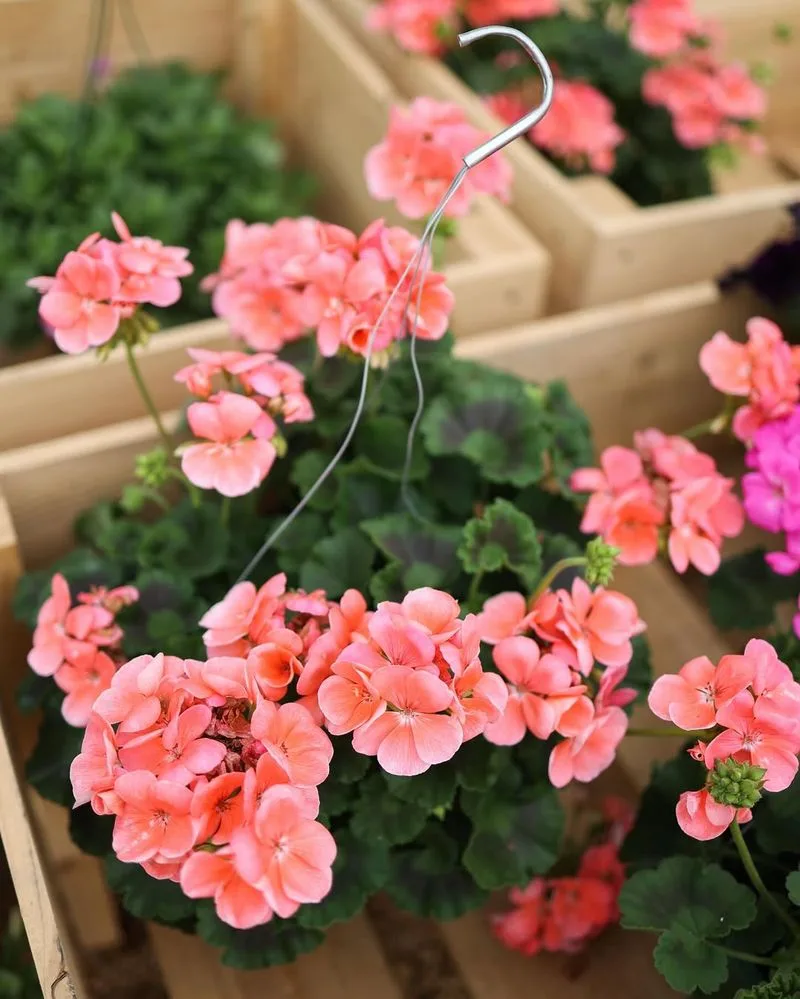
Geraniums, with their striking red blooms, were showy and reliable annuals in my garden. However, their need for regular watering and deadheading to stay picturesque became tedious. These hardy flowers were a staple but required more care than I could consistently provide. While geraniums add a vibrant touch to gardens, I needed plants that offered beauty without constant attention. Their departure allowed room for perennials that bloom with ease, making my garden more self-sufficient.
Daylilies
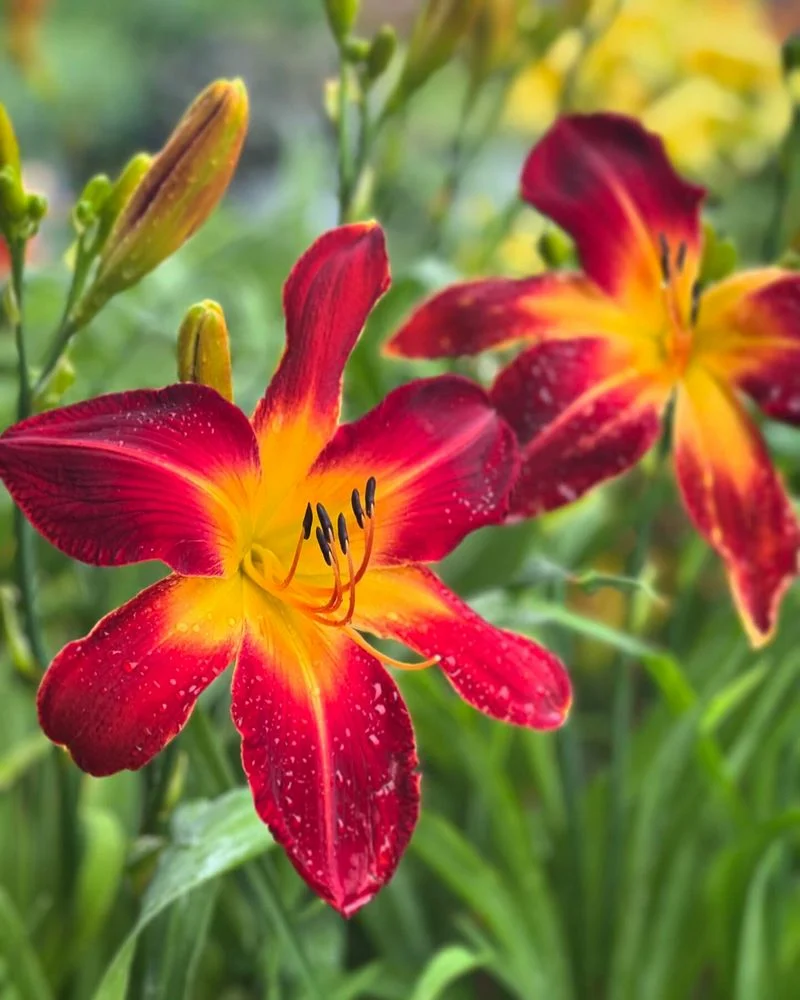
Daylilies stepped in as the perennial saviors, offering vibrant blooms with minimal care. Their trumpet-shaped flowers come in a plethora of colors, blooming anew each day. These perennials are resilient and require little more than occasional maintenance, thriving in various conditions. Daylilies bring continuity and color to my garden, adapting easily to changes in weather. Their robustness replaced the high-maintenance annuals, providing beauty and longevity with each passing season.
Lavender

Lavender’s soothing scent and silvery foliage introduced a calming presence to the garden. This perennial thrives with minimal water and full sun, making it the perfect low-maintenance choice. Its fragrant blooms attract beneficial insects, enhancing the garden’s ecosystem. Replacing thirsty annuals, lavender offers charm and resilience. This plant’s ability to thrive in challenging conditions makes it an ideal choice for gardeners seeking both beauty and practicality, transforming my garden into a fragrant haven.
Echinacea
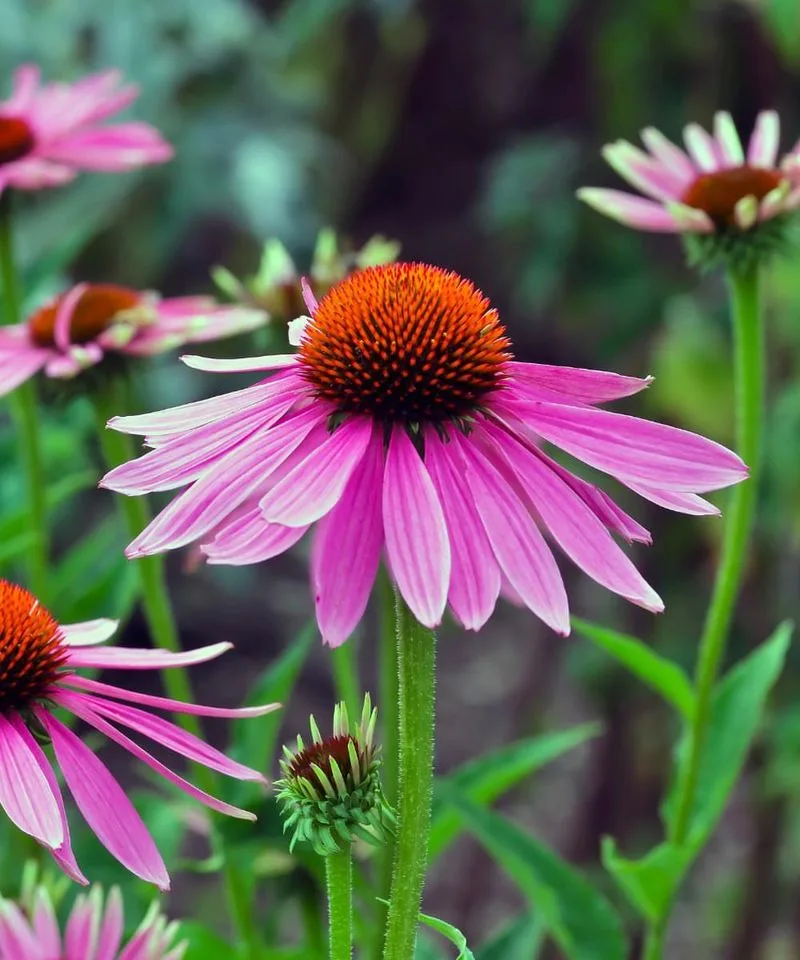
Echinacea, or coneflowers, bring vibrant pinks and purples with a sturdy build to withstand harsh conditions. These perennials are drought-tolerant and attract helpful pollinators. Their daisy-like blooms offer a delightful visual appeal, and they require little care once established. Echinacea’s adaptability and visual charm made them an excellent replacement for demanding annuals. They provide a pop of color and attract wildlife, enriching my garden with both beauty and biodiversity.
Hostas

Hostas are the unsung heroes of shade gardens, offering lush foliage that thrives in low-light areas. These perennials require minimal intervention, making them perfect for busy gardeners. Their broad leaves add texture and color, with varieties ranging from deep greens to blue hues. Replacing high-maintenance annuals, hostas introduced a level of ease and elegance to my garden. They offer beauty throughout the growing season, proving that low-maintenance doesn’t mean sacrificing aesthetics.
Peonies

Peonies are the garden’s royalty, with their lush blooms and intoxicating fragrance. These perennials require little more than patience, rewarding gardeners with an impressive display each spring. Their bushy appearance adds structure, and they flourish with minimal care once established. Peonies replaced finicky annuals, bringing grandeur and longevity. They offer classic beauty and require little fuss, making them a cherished addition to any garden landscape, enhancing its elegance with each passing year.
Salvia

Salvia, with its striking purple spikes, offers a burst of color and attracts pollinators with ease. These perennials thrive in sunny spots and need minimal watering once established. Their growth habit is tidy and requires little maintenance, making them a favorite for effortless gardening. By choosing salvia over annuals, my garden has gained a reliable source of color and life. This plant’s low-maintenance nature and pollinator-friendly blooms make it a quintessential choice for any perennial garden.
Sedum

Sedum, often called stonecrop, is a drought-resistant perennial perfect for rock gardens. Their succulent-like leaves and vibrant blooms bring color with little need for care. These resilient plants thrive in poor soil, making them ideal for challenging spots. Sedum replaced thirsty annuals, adding texture and visual interest with their unique foliage. They provide an appealing contrast in any garden, proving that beauty and toughness can coexist seamlessly, enhancing both form and function.

